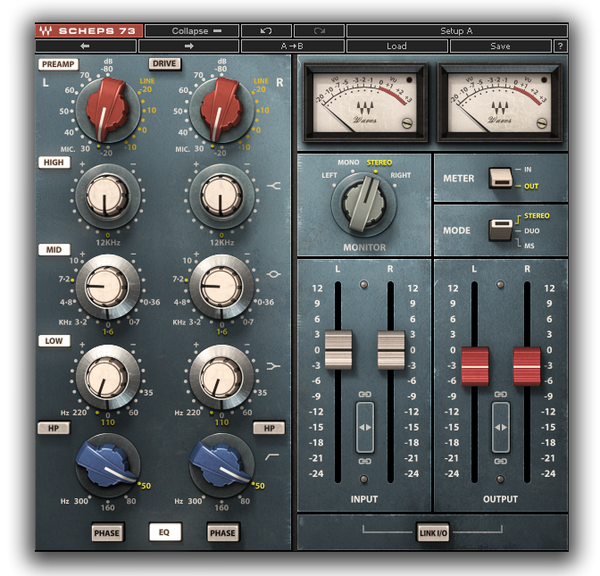
Creating an instrument and adding samplesįirst, click on New instrument in the toolbar.
adjusting the balance for stereo samples.įor this step, it is assumed that one or more samples are available for the creation of an instrument. 

Several tools are available to edit samples like: The frequency analysis can be a good indicator to start tuning. To do this, pay attention to any beats that occur and make sure they are as slow as possible.
adjust the Correction (cents) to tune the sample to the Rootkey. change the Root key until the two sounds most closely match,. adjust the volume slider to hear the two sounds as clearly as possible,. begin the playback (press the play button), if possible with loop function selected,. To do this, a calibration tool (sine) is available in the editing page of samples.įor each sample the method is as follows: Note: to hear looping in an instrument, you must select in the Loop playback parameter row of either the Global or individual notes columns in the Parameters Table. adjust the start and / or end of the loop, while the sample is playing, until the transition between the two positions is as smooth as possible. press the Play button after having selected the loop function,. The right loop point should be entered first (since the right point is by default at the position 0 and that it's not possible to assign a left point after the right point). Use left-click for start and right-click for end. in the sample editor, arbitrarily position the start and end of the loop in the graphic (WAV display area) unless a loop is already defined. click in the tree on the sample to be looped,. While you can assign loop points manually, using the “ Auto loop“ function to assign them automatically usually produces better results and is a lot faster. 
This can be done by manually or automatically assigning loop points (start + end) within the sample boundaries, so that the loop area can be repeated and thus make the sample play longer. Next, a loop may be required in the sample, if you would like it to sound longer than its normal length.Īn example of this would be if you only have a 1 second flute sample, but would like it to sound indefinitely.
 by synthesis using a specialized software. by recording a real musical instrument,. To do this first select the Samples category in the tree and select Import samples from the toolbar. The sample preparation begins by loading. the preset creation, comprising instruments. the instrument creation, comprising samples,. Soundfonts are made from a 3-level structure, so the creation of a new soundfont involves three fundamental steps: To create a soundfont, click on Create a soundfont in the home screen.
by synthesis using a specialized software. by recording a real musical instrument,. To do this first select the Samples category in the tree and select Import samples from the toolbar. The sample preparation begins by loading. the preset creation, comprising instruments. the instrument creation, comprising samples,. Soundfonts are made from a 3-level structure, so the creation of a new soundfont involves three fundamental steps: To create a soundfont, click on Create a soundfont in the home screen.








 0 kommentar(er)
0 kommentar(er)
